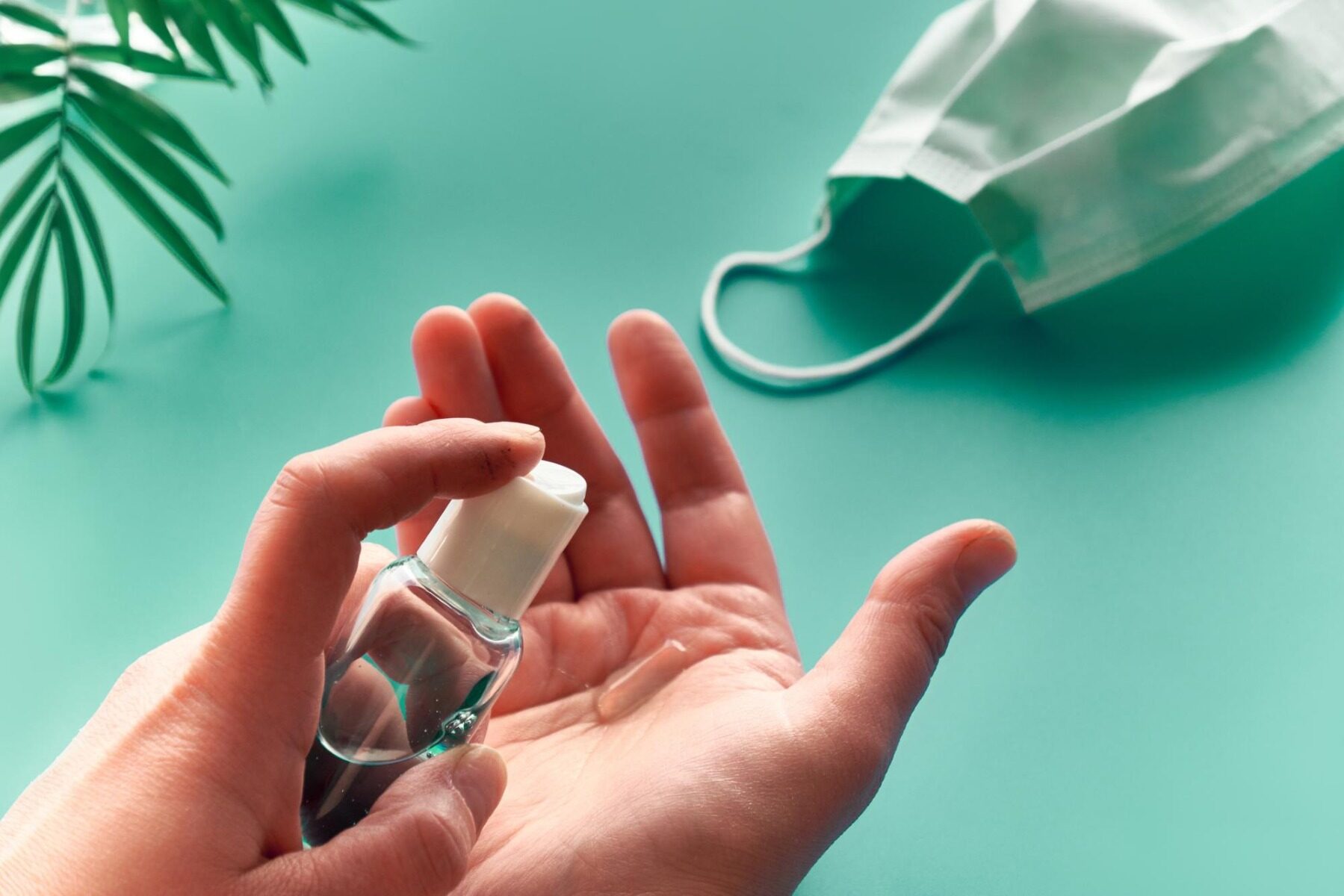
Unless you happen to be living under a rock, it comes with no surprise that the Coronavirus disease 2019 (COVID-19) pandemic has changed everybody’s lives unexpectedly within a span of only a few months.
Based on a 2020 study published in the Emerging Infectious Diseases journal, COVID-19 was initially thought to have an R0 value of 2.2 to 2.7. This essentially translates into one individual infected with COVID-19 being able to transmit the virus to 2-3 people as a result of secondary infections. However, this assumption was proven to be incorrect as the researchers realised that the actual R0 value calculated turned out to have a median value of 5.7 instead. This means that one infected patient can spread the virus to around six healthy people!
Not to mention, getting infected by the coronavirus comes along with a nasty package of disease symptoms. Specifically, the Centers for Disease Control and Prevention (CDC) reported that the list of symptoms may include having a fever, bad cough, breathing difficulties, constant exhaustion, headache, and sore throat (just to name a few).
With these in mind, it is extremely crucial for everyone to shift personal hygiene as their highest priority of the day.
The importance of hand hygiene

Your hands are one of the most essential parts of your body, for it is capable of performing a wide range of functions on a daily basis. It is also the same part of your body that establishes contact with other external objects, people, and ourselves.
Taking that into account, make a guess on what is the frequency of people unconsciously touching their own face throughout the day?
A 2015 study observing 26 medical students discovered that the participants touched their faces around 23 times within an hour. This trend was also found amongst healthcare professionals, whereby a 2014 investigation reported to touch their faces on an average of 19 times every two hours. Not to mention, their face-touching habits were coupled with an inconsistent habit of practising proper hand hygiene.
Mind-blowing, isn’t it?
Nevertheless, it should be relatively obvious that touching your face frequently can significantly contribute to a person’s risk of getting infected with diseases, especially the coronavirus. In particular, cleaning your hands with the use of hand sanitisers have become the new public norm at present.
Using hand sanitisers as an effective protection against COVID-19
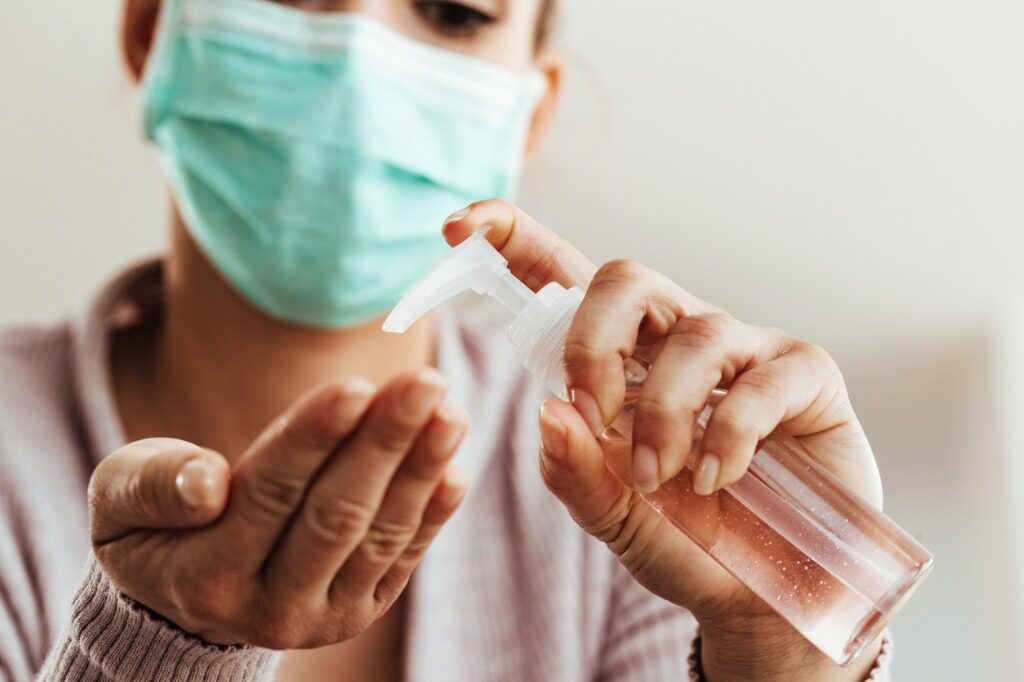
At the point of writing, consumers across the world would spend up to hundreds of millions of dollars on hand sanitisers, whereby hand sanitisers have been a common new addition to pockets, purses, and even keychains.
Interestingly, the global market for hand sanitisers could even hit the $2.1 billion mark by 2027 according to one market research, which concentrated on the lasting effects of the coronavirus pandemic on the market’s growth potential. Indeed, for the average consumer, hand sanitisers are an attractive option, especially for on-the-go situations where people might not be able to access a bathroom in order to wash their hands. Supermarkets and pharmacies would often have their hand sanitiser stocks sold out, leaving empty shelves to the consumers’ disappointment. In extreme cases, some individuals were even found to be hoarding hand sanitisers during the supply shortage, causing the prices for these products to soar. As a result, many people have been meticulously trying to find ways around this shortage by making their own hand sanitisers.
Part of this newly-adopted public interest can be attributed to many healthcare professionals recommending hand sanitisers as a portable alternative to washing your hands with soap, which is the gold standard approach. Specifically, the medical experts and the World Health Organisation (WHO) verified that hand sanitisers are also a viable and effective option to disinfect your hands as they may kill any present bacteria or viruses. This is mainly because hand sanitisers help to improve compliance with hand hygiene guidelines by making the process faster, more convenient, and instantly accessible.
Nonetheless for whichever approach that is employed, the handwashing technique remains the critical aspect of the entire process, whereby if a person does not adhere to the correct methods, all the efforts taken would most probably be futile. Henceforth, the general best practice would be for everyone to scrub their hands with the sanitiser for a minimum of 20 seconds, with some experts even insisting at least 40 seconds.
Importantly, when looking for hand sanitisers, it is advised for you to choose a sanitiser that contains between 60-95% alcohol. This is because the primary ingredient in hand sanitisers is alcohol. Typically, most hand sanitisers contain between 60% to 95% of ethyl or isopropyl alcohol mixed with gels like glycerin and glycol along with water in order to prevent over-drying a person’s skin.
In addition, there are some hand sanitisers containing a compound known as benzalkonium chloride, which has been demonstrated to be able to eliminate viruses and bacteria, though not as well as alcohol-based sanitisers. In fact, benzalkonium chloride is found to be active against norovirus. However, to protect yourself against respiratory viruses like COVID-19 or the seasonal flu, alcohol-based hand rubs would be a better option. Another critical reason to stick to alcohol-based hand sanitisers is the fact that the alcohol is less likely to be contaminated compared to alcohol-free sanitisers.
Moreover, experts also warned against the inclusion of another common ingredient called triclosan. It is believed that this specific antibacterial agent can reduce the effectiveness of a hand sanitiser and may even contribute to bacterial resistance against antimicrobial substances.
When should you use hand sanitisers
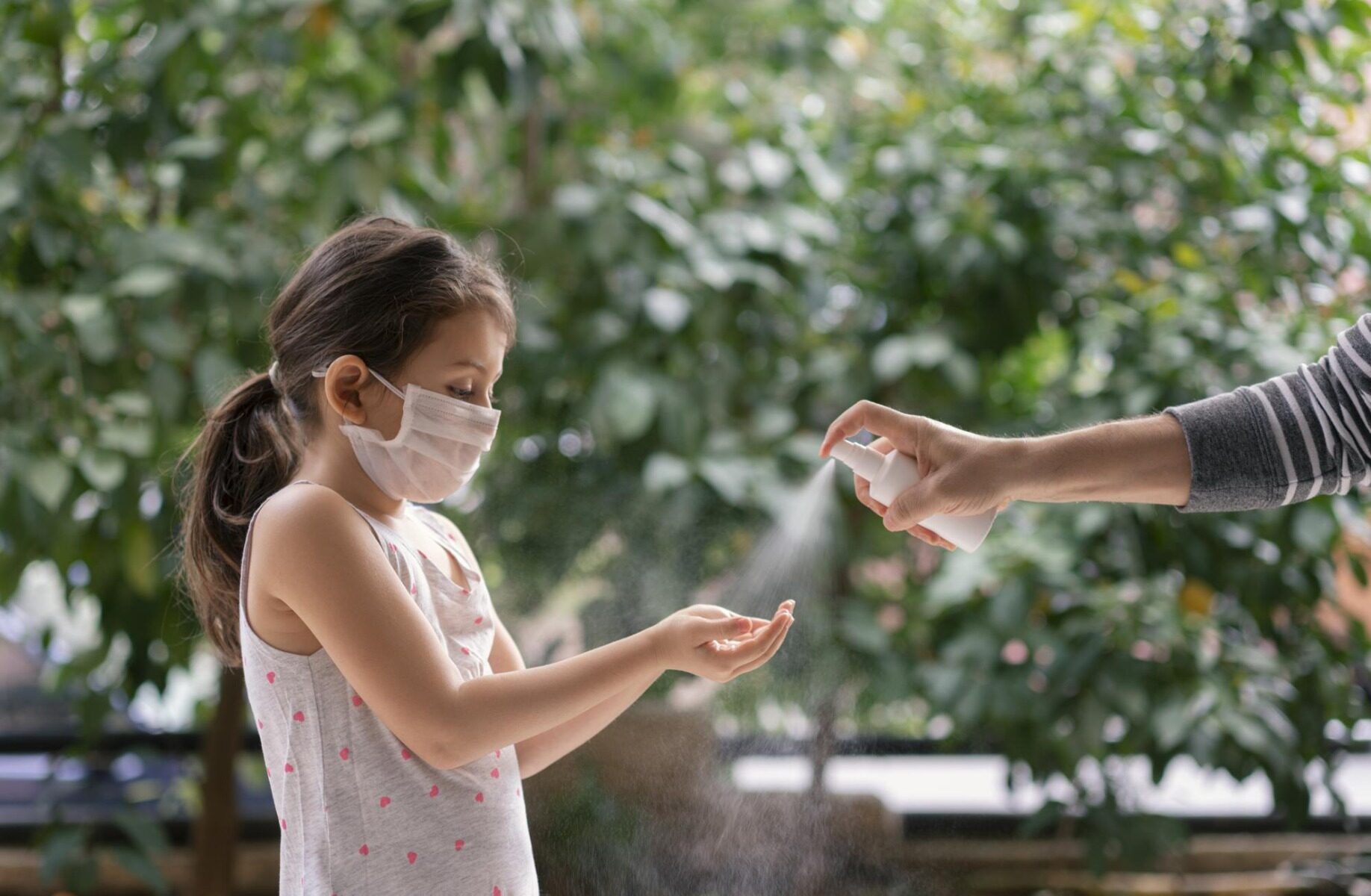
There are many times when people should use hand sanitisers, such as before and after touching a surface that commonly comes into contact with other individuals. Such surfaces include door knobs, the handle of a shopping cart, and elevator buttons. Besides that, it is also wise to use hand sanitiser after you have handled cash, filled your vehicle with fuel, or after using a computer keyboard. Most importantly, everyone must clean their hands with hand sanitiser every time they sneeze and cough.
How to properly use hand sanitiser
When using hand sanitisers, make sure you do so the right way. First of all, it is recommended to find the instructions on the back of the bottle and follow their recommended technique. In general, this involves applying the liquid to the palm of one hand and then rubbing all over both sides of your hand until the sanitiser dries. This will take approximately 20 seconds only. However, do be careful not to wipe the sanitiser off before it gets air-dried, as this may consequently result in an ineffective disinfection process. Meanwhile, washing your hands for more than 20 seconds would help to ensure that the alcohol in the sanitiser has been given enough exposure time to any germs present.
The pros and cons of hand sanitisers
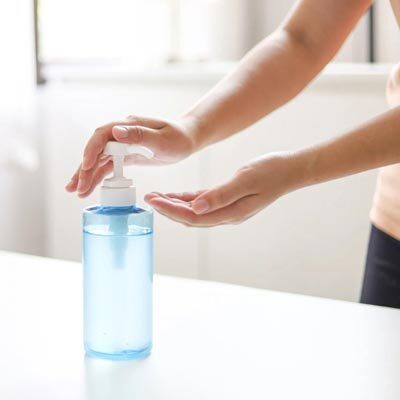
Indeed, hand sanitisers are extremely suitable for convenient use in places that lack accessibility to sinks or other facilities for hand washing. They also minimise the risks of allergies and skin damage due to the heightened safety inspection of its ingredients.
Nevertheless, hand sanitisers do possess several limitations. They are effective at killing many viruses, microbes, and bacteria — though not entirely all of them. Specifically, numerous studies showed that hand sanitisers are active against all types of viruses except norovirus, which causes diarrhoea. Besides that, sanitisers are also unable to protect against certain types of bacteria, including C. difficile, which is responsible for causing diarrhoea. This means that while hand sanitisers serve a useful purpose, they are not a perfect cure-all.
Other than that, some hand sanitisers can leave an unpleasant residue with an uncomfortable texture for some individuals. It should also be noted that hand sanitisers could occasionally be more expensive than hand soap.
CBD as a part of your wellness routine
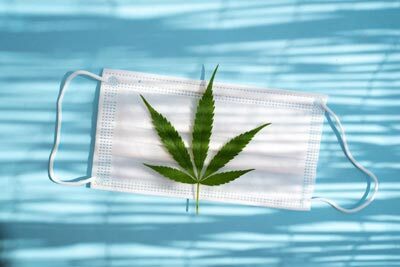
While Covid-19 continues to disrupt the daily routine for many people as well as the global economy, there are nonetheless a few silver linings in the cloud whereby the pandemic has created attractive opportunities rather than problems.
A good example of this would be the growing market for cannabidiol (CBD) products. As a matter of fact, several small businesses and entrepreneurs reported a rising demand for these products since the crisis emerged.
There is strong evidence that CBD can benefit some people. For instance, CBD can prevent seizures in individuals with two rare diseases, Lennox-Gestalt and Dravet syndrome. Moreover, there were constant reports of CBD being able to calm people down during anxiety-inducing events such as public speaking.
Other than that, CBD has been shown to be a great help in alleviating sleep disturbances, joint or skin inflammation, psychosis, chronic anxiety and depression, and other behavioural issues. What’s more, CBD has been demonstrated to be effective at treating symptoms presented by Parkinson’s and Alzheimer’s disease.
What is CBD?
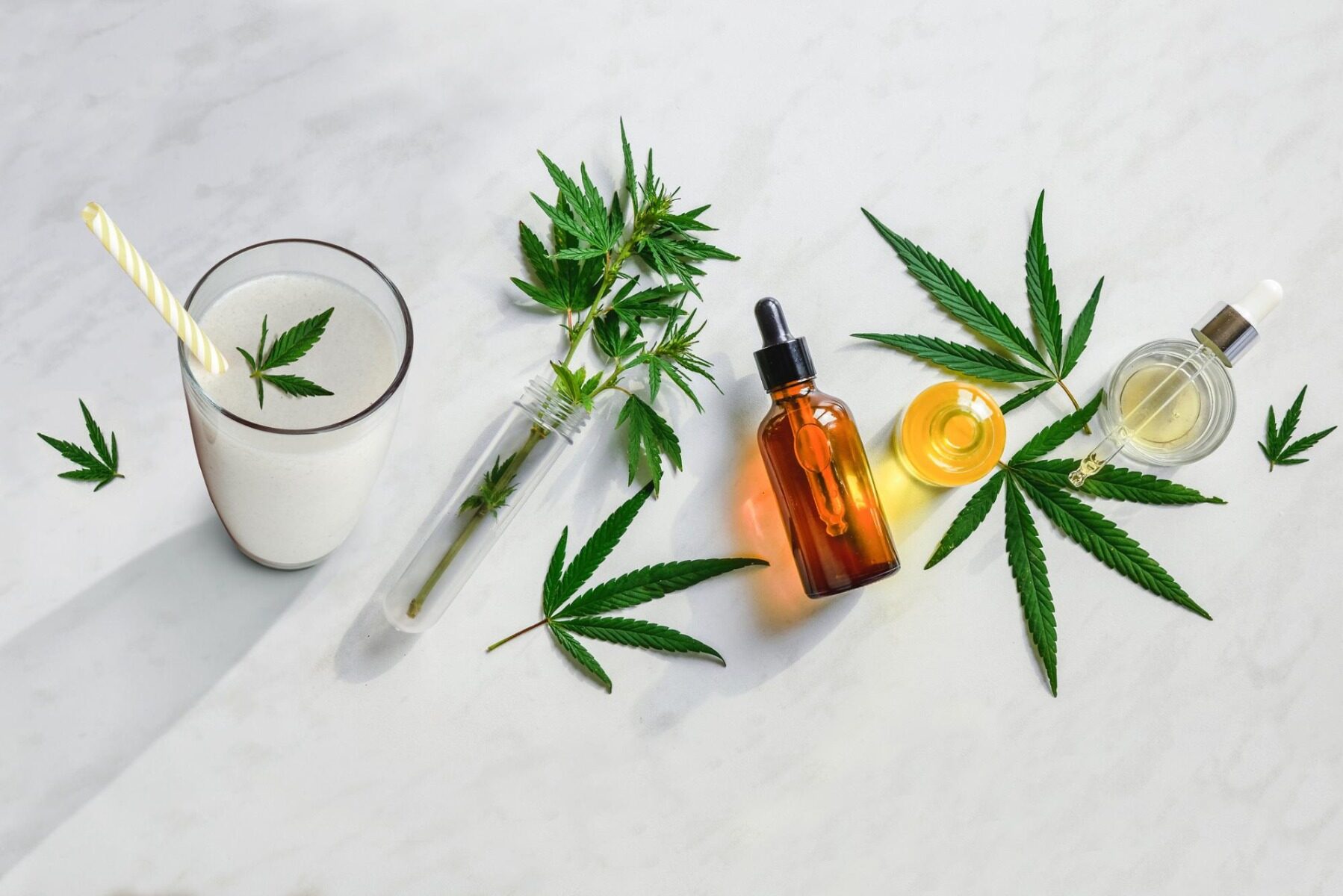
It is hard to explain the marvels of CBD applications for our general wellbeing, if the public is not fully educated on what CBD is.
To address that gap in knowledge, let’s lay down a quick definition of CBD and why exactly is it such a popular ingredient nowadays.
CBD is one of the well-known members of a class of chemical compounds called cannabinoids. This name may sound familiar because they are named after a type of plant known as cannabis. Though bear in mind that these cannabis plants are usually further separated into marijuana and hemp. Over 113 cannabinoids, including tetrahydrocannabinol and CBD, are present in this plant.
Tetrahydrocannabinol (THC) is notorious for its psychoactive properties. This means that THC induces the “high” feeling that has shifted the public image of cannabis as an illegal drug. On the other hand, if consumers were to ask whether CBD can get them “high,” the answer would quite simply, no.
Many individuals who use CBD often report that the only change in their mental state after taking CBD is a fantastic feeling of calmness. The only way a CBD product can get a consumer “high” is when it has a high THC content, which would be illegal in most countries.
Nowadays, there are plenty of people who use CBD for the reasons mentioned above. Some of them take CBD just to improve their skin health, while others use it to improve their overall wellbeing. Indeed, CBD has seen a rise in popularity since hemp was legalised as people can now find CBD in just about everything ranging from various food and drinks like sparkling water and crackers. You can even buy skin creams and lotions infused with CBD.
Is CBD legal?
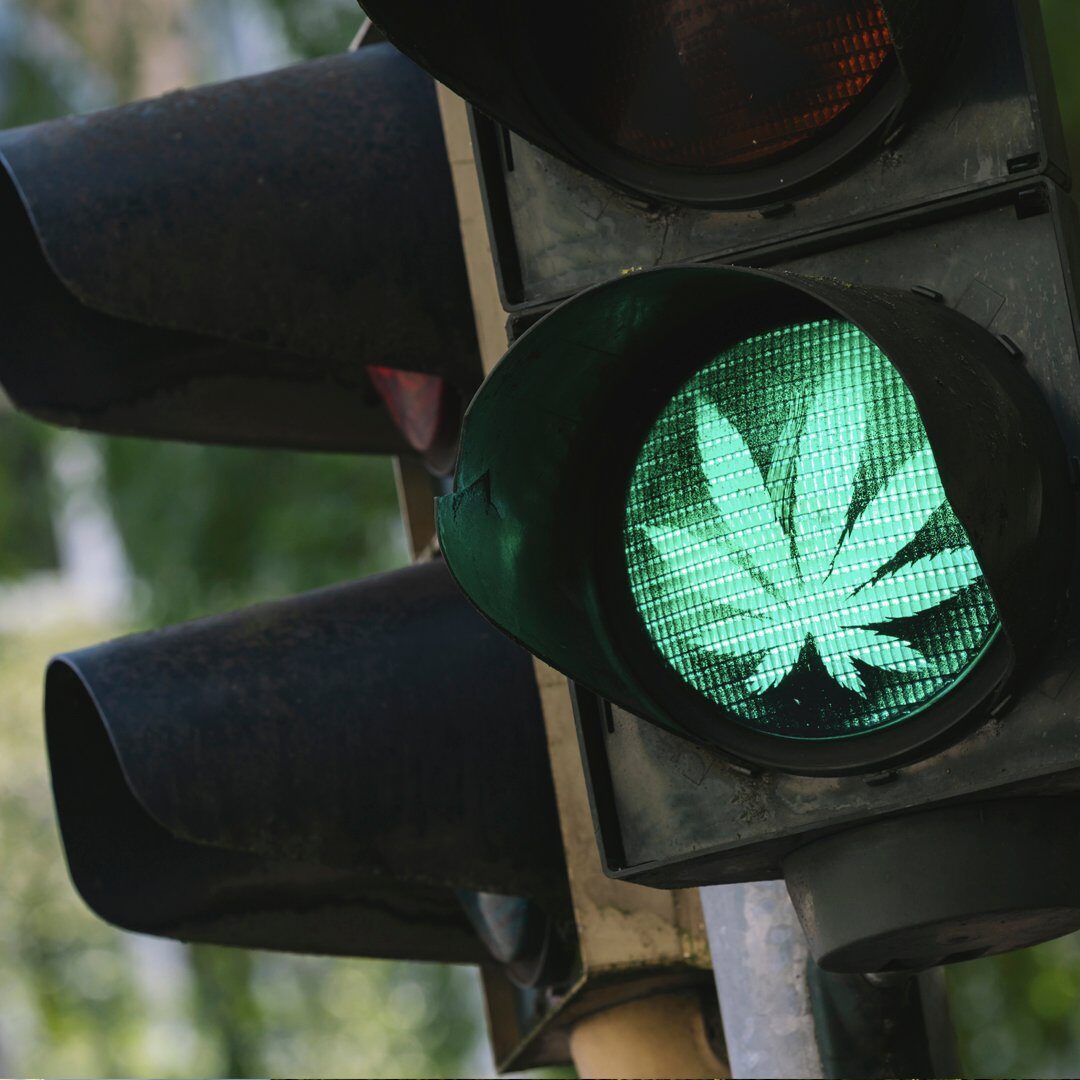
This is a legitimate concern as CBD is extremely popular today and can be purchased in a wide variety of forms.
To clarify, cannabis, in most forms, has been made illegal in the world for a very long time, but the laws concerning CBD have changed in the last few years. Much of the early criminalisation of CBD occurred during the early 1900’s, where there was a growing fear surrounding cannabis. This was predominantly due to a lot of rumours and misinformation spread about CBD, where it was presumed that CBD contributed to irrational thinking and thus higher crime rates. However, in the 1960s, there was a notable shift in people’s feelings toward the plant as numerous studies found that consuming cannabis did not lead to violent actions. As a result, farmers were allowed to plant cannabis that are low in THC for commercial purposes over the previous decade.
In essence, CBD is legal as long as it has been extracted from hemp, and not marijuana. To dive into greater detail, if cannabis has less than 0.2% THC, they are known as hemp. On the other hand, if the CBD product exceeds that limit, it would be classified as marijuana. In other words, this implies that if CBD has been derived from hemp, it is perfectly legal.
Is using CBD safe?
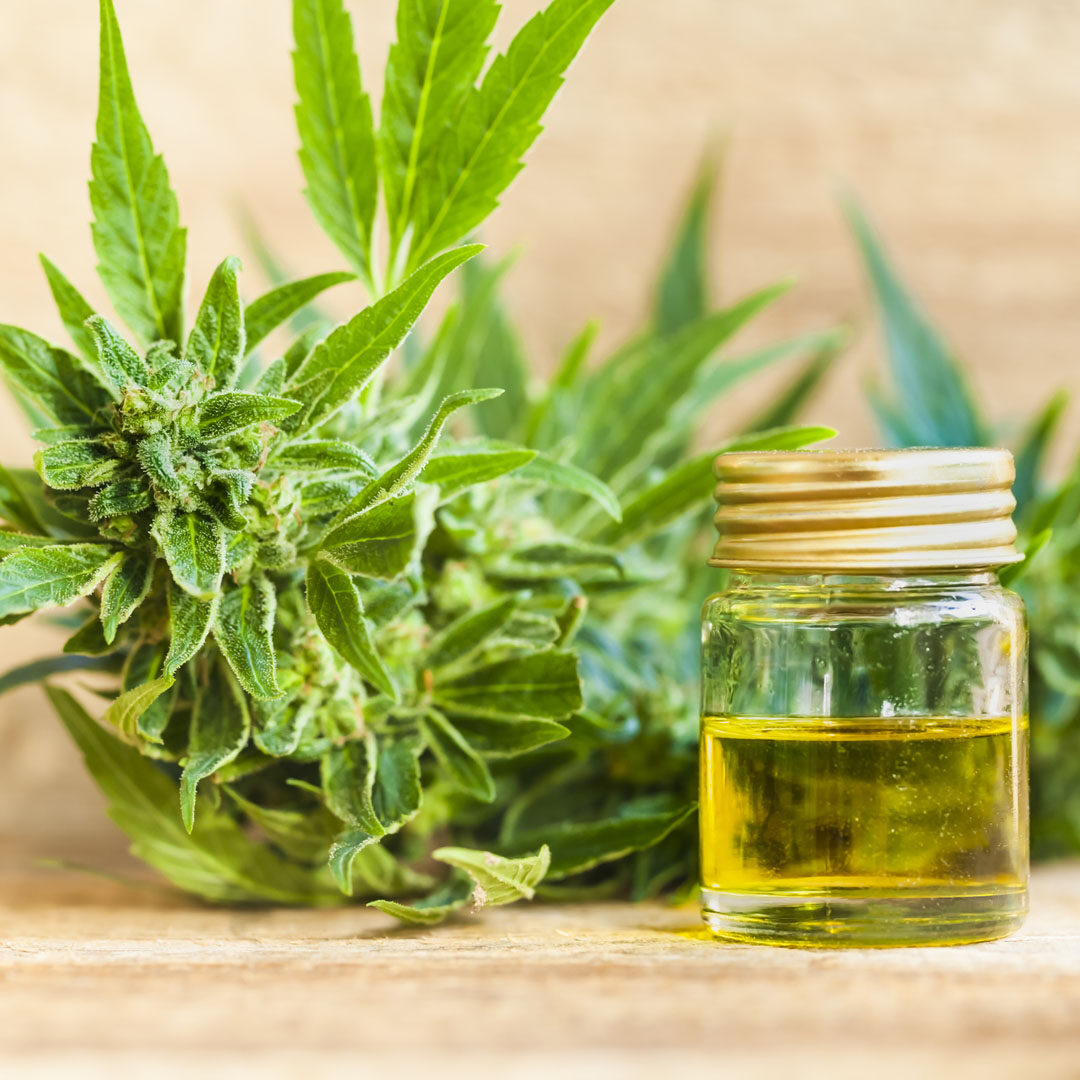
Despite the lack of psychoactive effects and the increasing legalisation of CBD, there are still some concerns regarding how safe CBD is.
But fret not, as several research reported that taking CBD does not lead to any serious undesirable side effects. The worst case scenario really is that consumers experience slight fatigue and nausea, and these side reactions only occur amongst those who consume large doses of CBD over a short period of time.
According to recent studies, CBD also seems to be safe for both pets and children. Therefore, if there were any concerns with using CBD products in a house with dogs or kids, rest assured! Nevertheless, it should be noted that CBD products are not toys and so should be kept out of reach of animals and children.
Can CBD be used as a disinfectant in hand sanitisers?
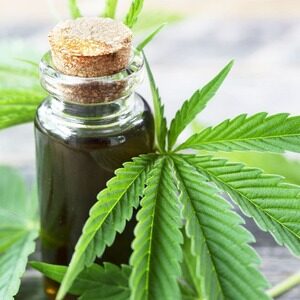
A disinfectant is something that can impede or kill potentially harmful microorganisms, namely bacteria.
To provide some background details, harmful bacteria exert its function via three primary methods. They can cause cells to clump together, disrupt the cell structure and function, or oxidize the cells entirely. With that in mind, alcohol is a popular ingredient in common disinfectants. It does the killing through the clumping method, whereby when the harmful bacteria is exposed to the right concentration of alcohol, they clump together and their membranes quickly start to disintegrate. Without the membrane structure, the bacteria will hence lose their ability to replicate and function.
Excitingly, new studies have shown that Cannabidiol (CBD) is astonishingly effective at killing bacteria in a petri dish. In fact, CBD can also kill bacteria responsible for serious diseases, such as the methicillin-resistant Staphylococcus aureus (MRSA) and Streptococcus pneumonia. Taking this into consideration, the current research surrounding CBD shows great promise to be as effective as the commonly used antibiotics.
Nevertheless, it does not imply that consumers should be using a CBD cream or lotion to treat an infection, nor does it mean that CBD can be a direct substitute to conventional preventative methods. In general, it would be highly advised for you to talk to a healthcare professional before starting to use it.
Presenting their research findings at the annual meeting of the American Society for Microbiology, a study by numerous scientists from the University of Queensland suggested that CBD could be used to develop new treatments against Gram-positive bacterial infections and antibiotic-resistant bacteria.
Homemade hand sanitisers
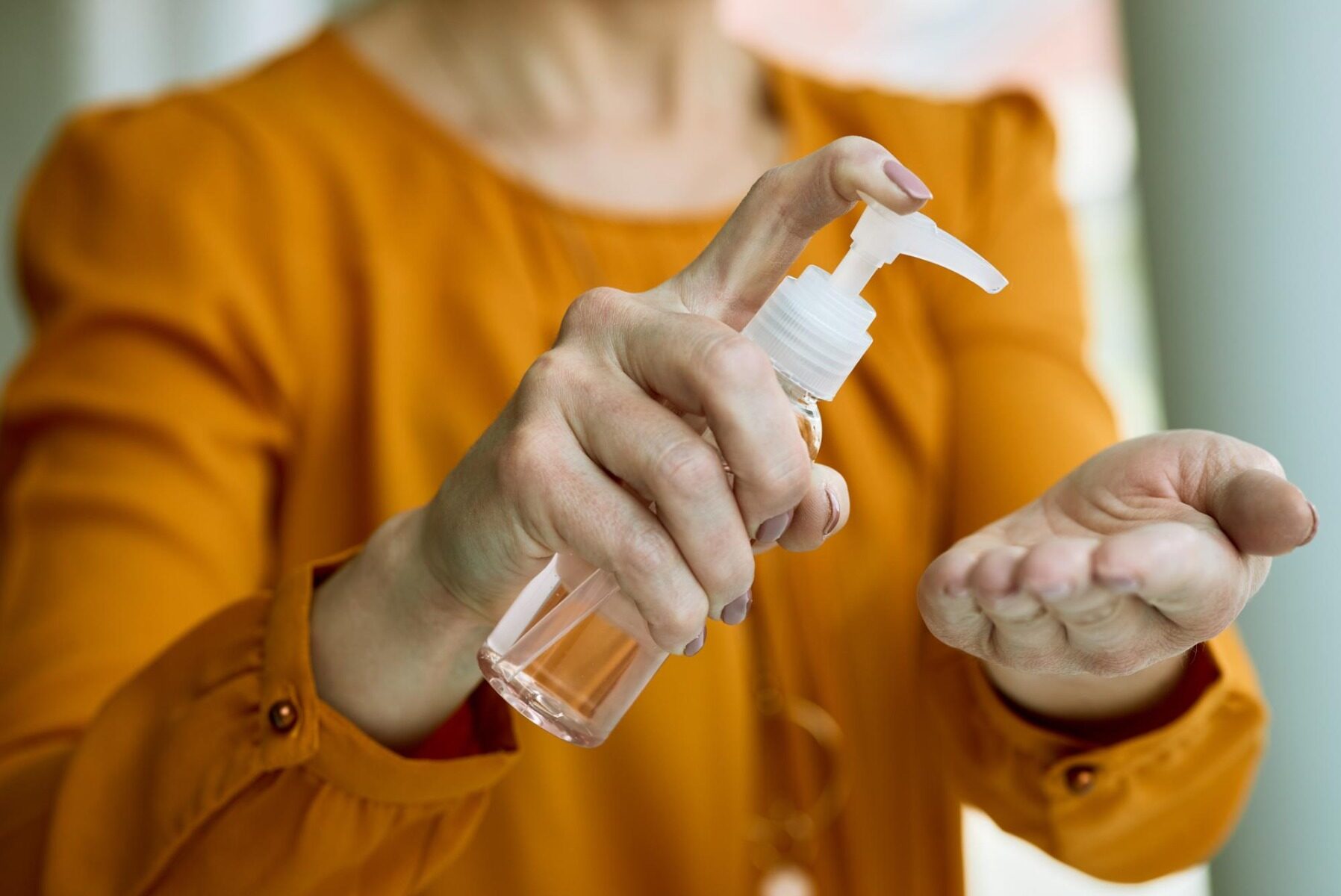
Numerous stores across the globe have continued to report shortages of hand sanitisers, with those that can offer them often selling these products at a high price. As a result, many health-conscious individuals are now experimenting various ways to make their own homemade versions of hand sanitisers. In fact, a quick online search will lead you to countless examples of informative do-it-yourself (DIY) hand sanitisers on platforms such as YouTube.
Making homemade hand sanitisers usually take only about a minute, with its costs being very low. The key ingredients are pure aloe vera gel and rubbing alcohol. To avoid making a sanitiser that is less effective than a store-bought version, it is advised to use extra-strength isopropyl alcohol with 91% or even higher alcohol concentration. Besides that, a moisturiser like almond oil can be added to prevent the skin from drying out. A few drops of essential oil, like eucalyptus, can also be added to make the smell of rubbing alcohol a little less harsh.
Are homemade hand sanitisers safe?

As per expert advice, DIY hand sanitisers should only be used in extreme situations when consumers are unable to access handwash soap or store-bought hand sanitisers.
Nonetheless, homemade hand sanitisers should be perfectly safe, though improper proportions of ingredients can lead to undesirable outcomes such as:
- Skin burns, irritation, or injury
- A lack of efficacy, meaning that the hand sanitiser may not efficiently eliminate all present microbes
- Dangerous exposure to hazardous chemicals via inhalation
Furthermore, homemade hand sanitisers are also not advised for children as this poses a higher risk for accidents and injuries.
How effective are DIY CBD-infused hand sanitisers?

In a situation where hand sanitisers are scarce, homemade sanitisers are definitely better than nothing.
The biggest limitation of homemade versions, however, is that they do not undergo quality controls to ensure sufficient alcohol content for bacterial elimination. Although the recipe is quite simple, finding all the necessary compounds for hand sanitiser may be challenging. For example, no drinkable spirits are appropriate for making DIY sanitisers. Thus, one of the downsides to homemade hand sanitisers will be the difficulty in identifying the exact alcohol content in them.
In addition, handmade items can be easily contaminated with the incorrect ingredients and measurements. Therefore, if a consumer chooses to make a CBD hand sanitiser at home, it is vital for them to operate in a clean space and use clean tools, whilst washing their hands consistently throughout the entire process.
How to make CBD-infused hand sanitiser?
Ingredients
- 1 cup of 91% isopropyl alcohol
- 15 drops of tea tree oil (or another antibacterial oil)
- ½ cup of aloe vera gel (organic or store-bought)
- Four to five drops of CBD oil
Steps
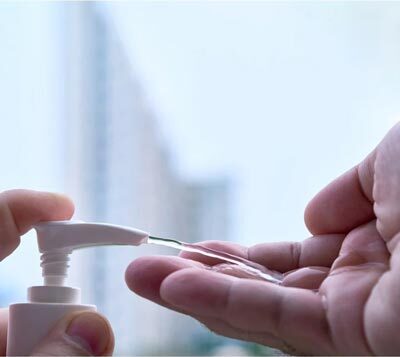
- Pour isopropyl alcohol into a container with a drip tip
Numerous online recipes suggest using vodka instead of 91% isopropyl alcohol, but most vodkas don’t contain a high enough percentage of alcohol to be effective. Other than that, using isopropyl alcohol diluted beyond 91% will lead to a weaker hand sanitiser that does not meet the 60% minimum requirement.
- Measure and pour the aloe vera gel
In general, alcohol could cause irritation to your skin. Therefore, using aloe vera gel is a great idea to counteract that negative effect and keep your hands in a smooth condition. If consumers want to keep things natural, they can also use aloe vera gel straight from the plant itself, without having to worry about it going bad as the alcohol acts as a natural preservative. Nevertheless, individuals will need to keep in mind that natural aloe gel is thicker than its store-bought counterpart. Thus, this will make DIY hand sanitizer stickier and so they will need to rub the hands more frequently to ensure a complete absorption.
Tea tree oil is naturally antibacterial agent, so it would be a sensible choice to be added to homemade hand sanitisers. However, if a consumer is not a fan of its smell, he/she may use another type of essential oil such as lemongrass, lavender, or eucalyptus.
4-5 drops of organic and potent CBD oil should be added to the hand sanitiser concoction.
To thoroughly mix all the compounds, stirring only will not be enough. It is recommended to use a whisk for mixing the hand sanitiser into a homogeneous gel.
- Sanitize the spray bottles and pour in the home-made hand sanitiser
It is necessary to spray some of the leftover alcohol into the bottles and leave them until the alcohol has evaporated. This is to ensure that the spray bottles have been completely sterilised before pouring in the DIY hand sanitiser.
Nobody would want any accidental ingestion of the newly made hand sanitiser. Thus, it is advised to take the time to label each bottle properly.
What else can be added to enrich the DIY Sanitiser?
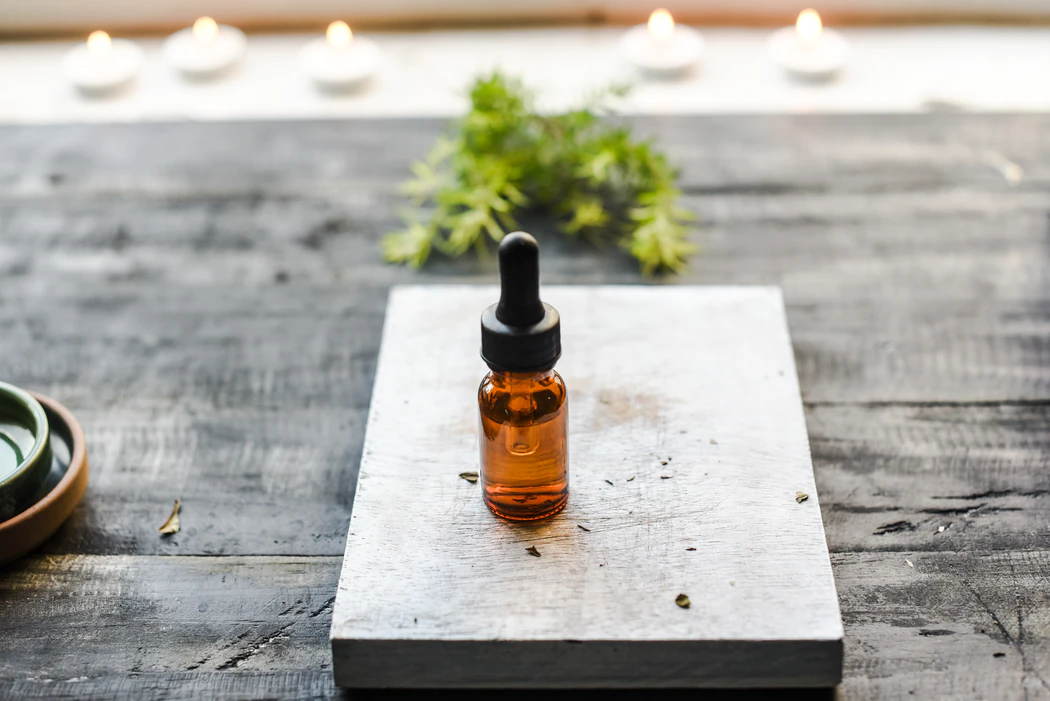
Besides the aforementioned ingredients, consumers can add a few other things to enrich their homemade hand sanitisers.
First of all, consumers can add essential oils to add a bit of fragrance to their hand sanitisers. The most popular one would be tea tree oil, due to its purported powerful antibacterial and antiseptic properties. Other strongly scented essential oils include clove oil, eucalyptus, lemongrass, peppermint and orange oils.
Other than that, many individuals would typically also add vegetable gelatin, glycerin, or Vitamin E to keep their hands moisturised. That is extremely useful since cracks in the skin can increase the risk of bacterial infection. Besides that, adding an emollient will prevent the DIY hand sanitiser from drying out the skin and help to maintain smooth hands.
If one cannot find isopropyl, they can try to look for ethanol, which is also useful in killing microbes. If an individual does plan on using ethanol, they must make sure that the end solution is made up of 70% ethanol. Another important point to remember is that individuals should not use denatured ethanol for DIY hand sanitisers.
How to choose CBD oil to infuse a DIY sanitiser
Today, CBD products may not be adequately regulated, implying that it can be challenging to understand whether a consumer is buying a high-quality product.
Overall, the quality of CBD is a crucial factor that will finally determine its effectiveness and safety. As poor quality CBD oil may include harmful toxins, consumers therefore must keep this in mind before making a final purchase.
Experts strongly advised to search for CBD extracted from organic hemp, as it is normally subjected to strict agricultural regulations. Natural ingredients mean a consumer is less likely to find heavy metals, harmful pesticides or other toxic chemicals in their CBD products.
The origin of CBD matters
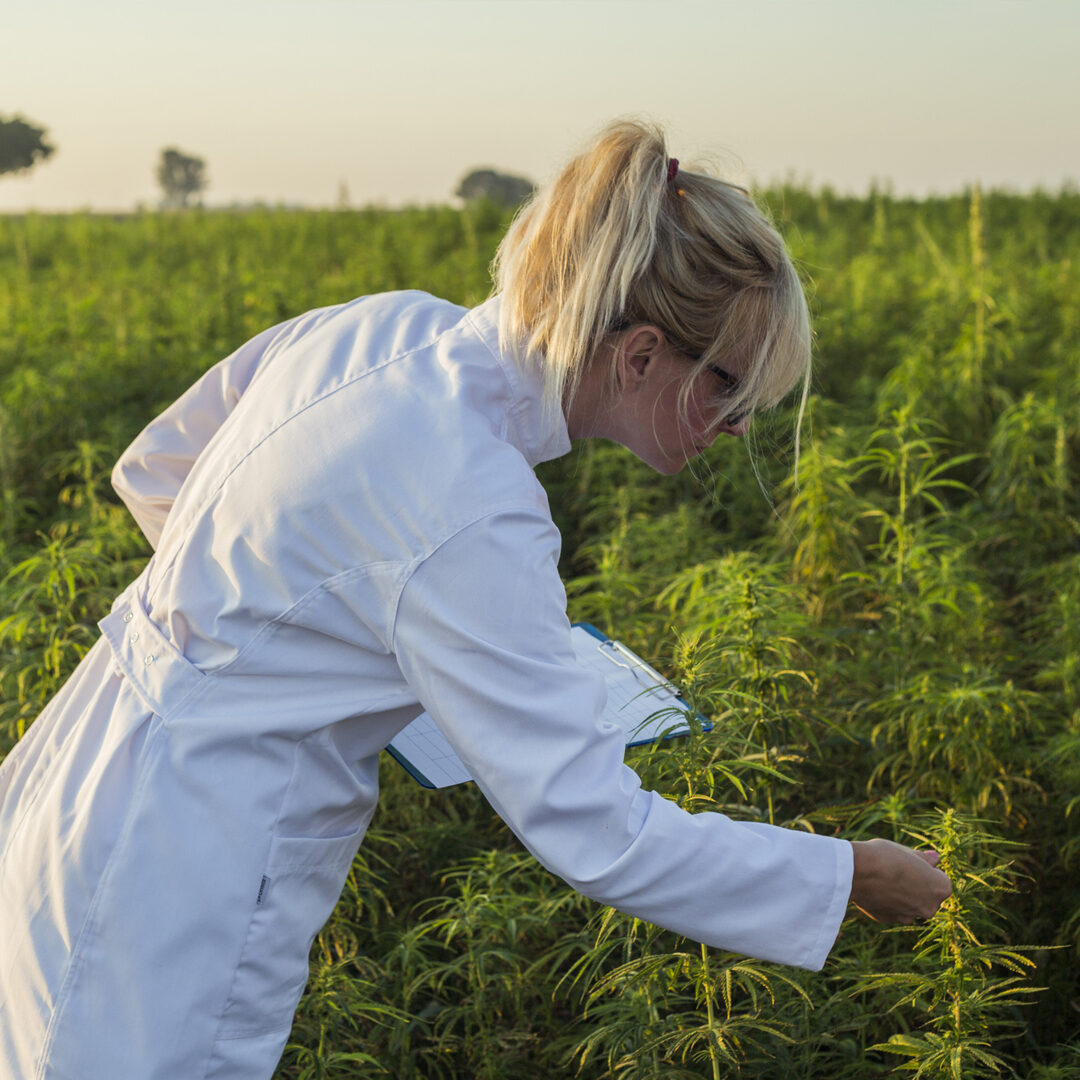
Although CBD is a natural compound, its quality of the oil is greatly dependent on its origin and source. It should be noted that hemp plants are believed to be “hyper-accumulators.” This means that the plants’ roots are notable natural absorbents with a tendency of taking in all the toxins present in the soil where it is cultivated.
Thus, if CBD has been extracted from hemp plants that were farmed in well-treated and fertile soil, it will most likely be pure and of high quality. In a different scenario where the hemp plants were grown in an area full of heavy metals such as lead or mercury, the extracted CBD oil will contain high levels of toxins. It may even be unsafe or harmful for consumption. Hence, accredited and reliable manufacturers will only source hemp plants cultivated in rich and furtive soil so that the consumers enjoy the best possible value from the final CBD product.
To sum up, the quality of all CBD products relies heavily on its source of cultivation. Indeed, the general rule-of-thumb would be to use raw materials that are of the highest standard.
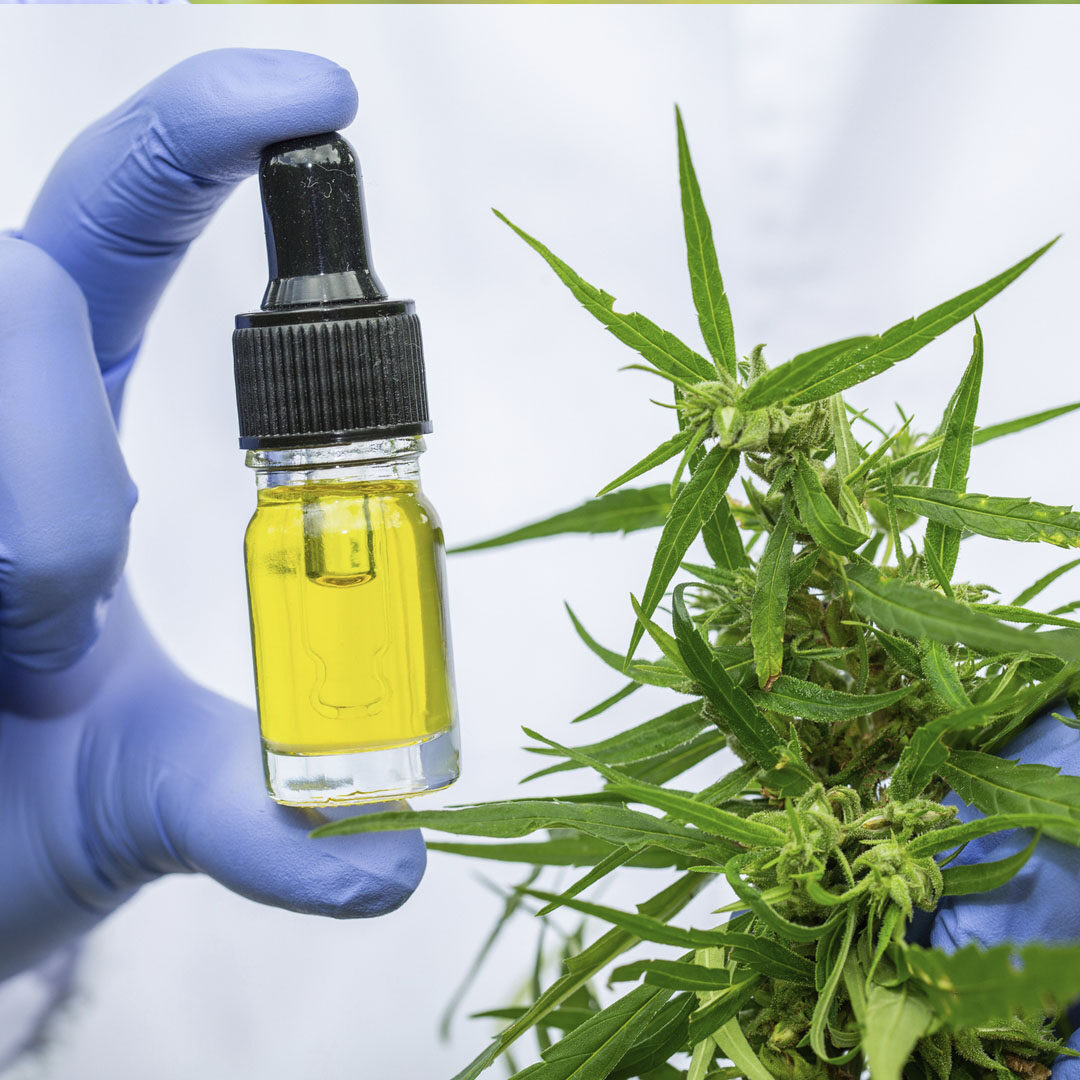
The main issue associated with the reliable extraction method is that it typically requires expensive equipment and considerable production expertise. This is always accompanied by the higher pricing of the final item, resulting in a sharp contrast with cheaper extraction methods. That is why the extraction method needs to be the critical decision factor when searching the marketplace for CBD oil.
Less reputable producers may use questionable extraction processes to reduce production costs. The critical issue here is that cheaper extraction methods usually require the use of toxic solvents, such as pentane, propane, hexane, and butane. Such solvents are regarded as hydrocarbon gases and can be detected in petroleum, while propane and butane are also used in gas stoves.
Many scientific research studies have proven that CBD oil must be extracted by means of what is known as a supercritical carbon dioxide (CO2) extraction method. It is often regarded as extremely safe and environmentally-friendly as it virtually uses no toxins at all.
How to use the CBD product lab reports as a guidance for selection?

All CBD products brought to market must undergo independent third-party lab testing. Lab testing is vital because it shows the initial concentration of CBD. They will also show whether CBD oil contains several additional cannabinoids, such as CBC, CBG, and CBN.
Moreover, third-party lab reports also provide an opportunity to confirm the THC levels in CBD items, which should be equivalent to or under 0.2%. High-quality CBD oil must be organic, free from pesticides and 100% natural. If there are any pesticides listed on the report, this is a notable red flag that consumers are advised to refrain from purchasing this product.
Besides that, it is never a good sign for the CBD oil to have a living organism in its content, so this is another thing to watch for when reviewing lab reports. Finally, chemical solvents are critical elements to look for in third-party lab reports. If there are any traces of glycols like polyethene glycol or propylene glycol, customers must discard the associated products immediately. This is because these solvents can cause cancer and damage physical and mental health over time.
Meanwhile, the concentration of CBD oil also matters as a higher concentration delivers more significant results. Therefore, it is advised to choose oils with the strength of CBD such as 100mg, 150 mg, 200mg, and 400mg that will help create a germ-killing solution to keep you and your family healthy.
How to use homemade sanitisers
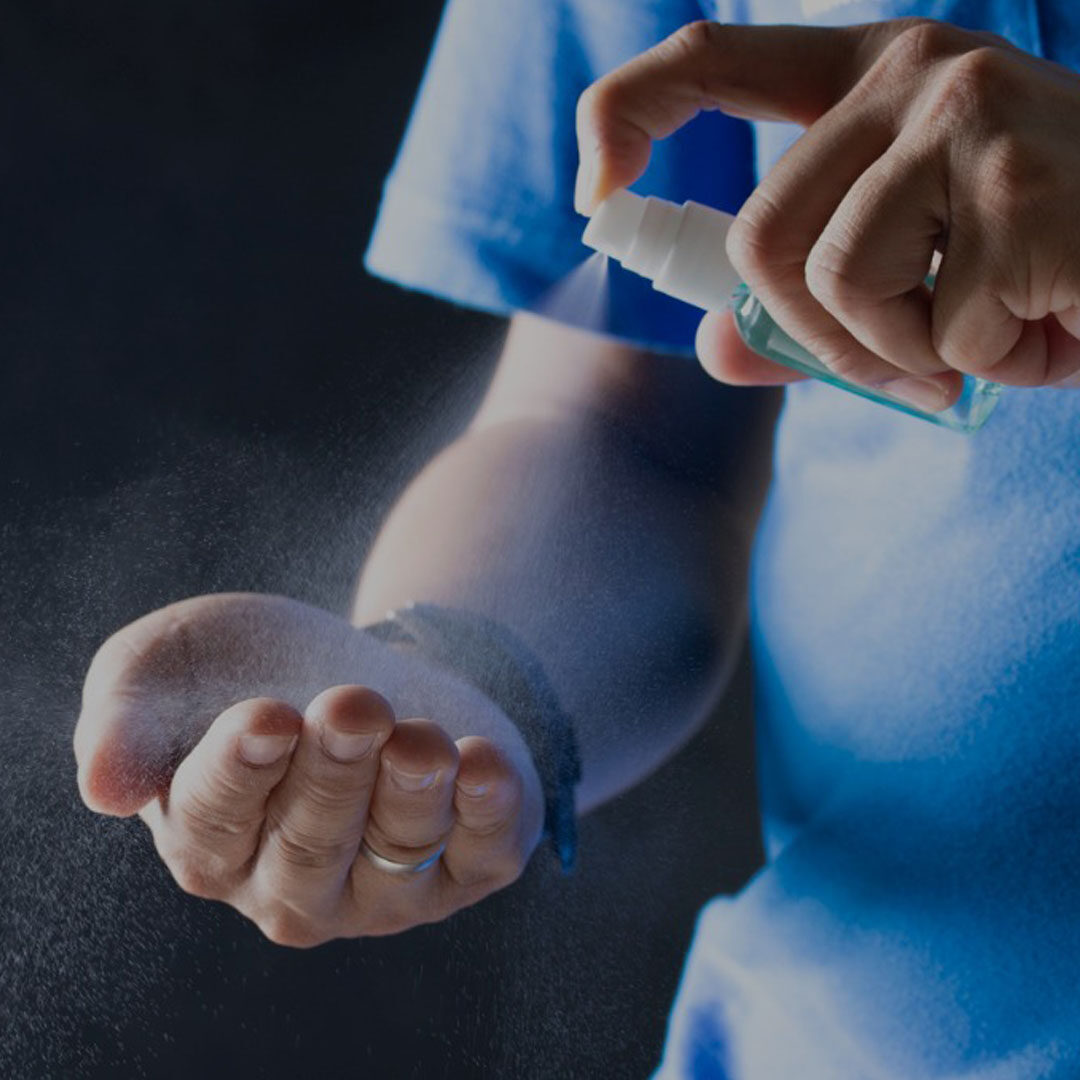
There are two things to take note when using a DIY hand sanitiser. First of all, if your hands are dirty or greasy, you should wash them first with soap and water. Secondly, bear in mind that consumers need to rub a hand sanitiser into the skin until the hands are dry.
It is important to keep your hand sanitisers away from heat as this substance is flammable. Thus, it must be kept away from spark, flame, or temperatures above 40° C.
When using this product, consumers will also need to avoid substance contact with eyes. It is also necessary to stop the use of handmade sanitisers if irritation and redness develop. Also it is essential to check this product with a healthcare professional before getting started.
Here are some CBD items to name a few that meet the above-mentioned criteria to be used for making a CBD-infused hand sanitiser:

Anastasiia Myronenko
Anastasiia Myronenko is a Medical Physicist actively practicing in one of the leading cancer centers in Kyiv, Ukraine. She received her master’s degree in Medical Physics at Karazin Kharkiv National University and completed Biological Physics internship at GSI Helmholtz Centre for Heavy Ion Research, Germany. Anastasiia Myronenko specializes in radiation therapy and is a fellow of Ukrainian Association of Medical Physicists.










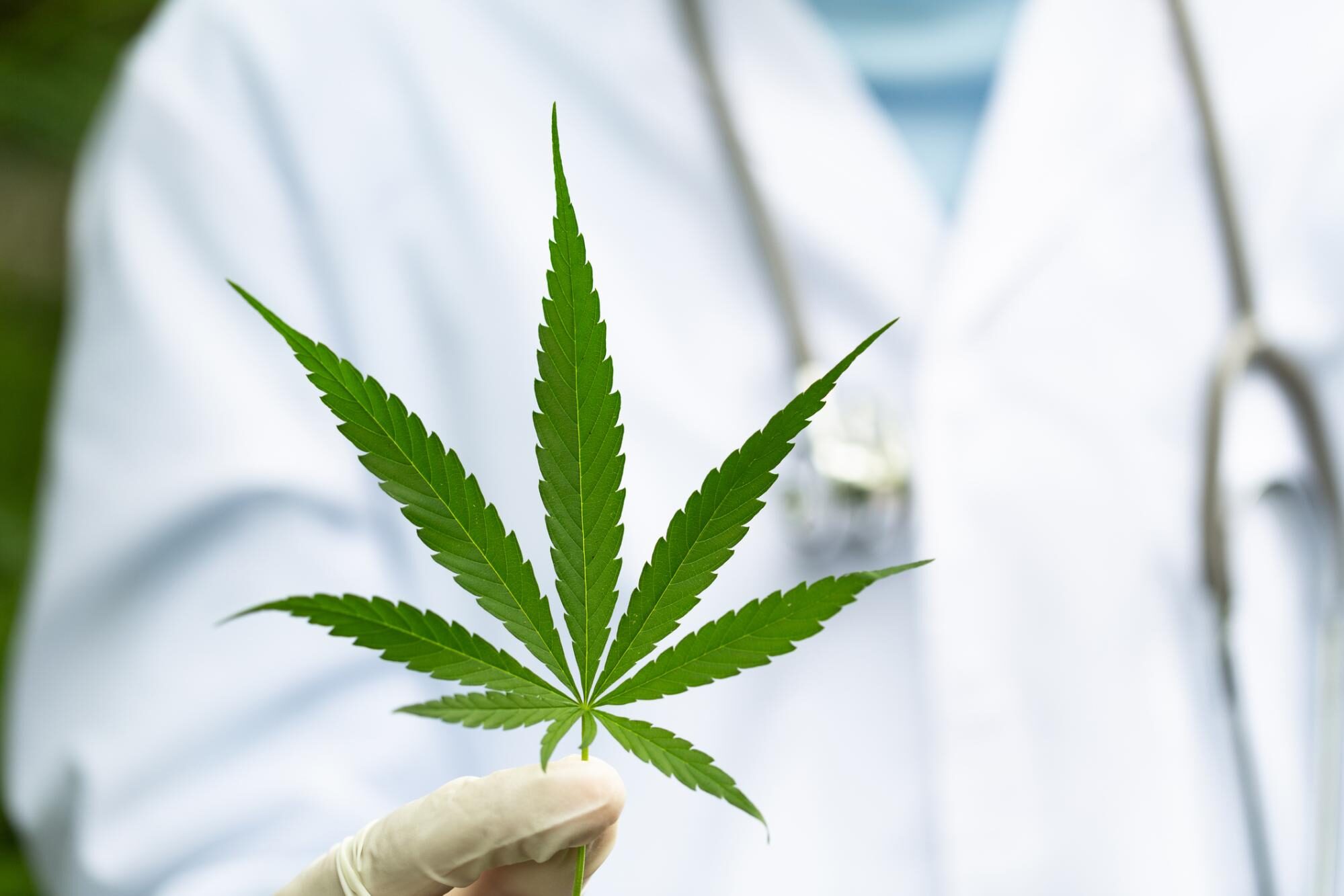
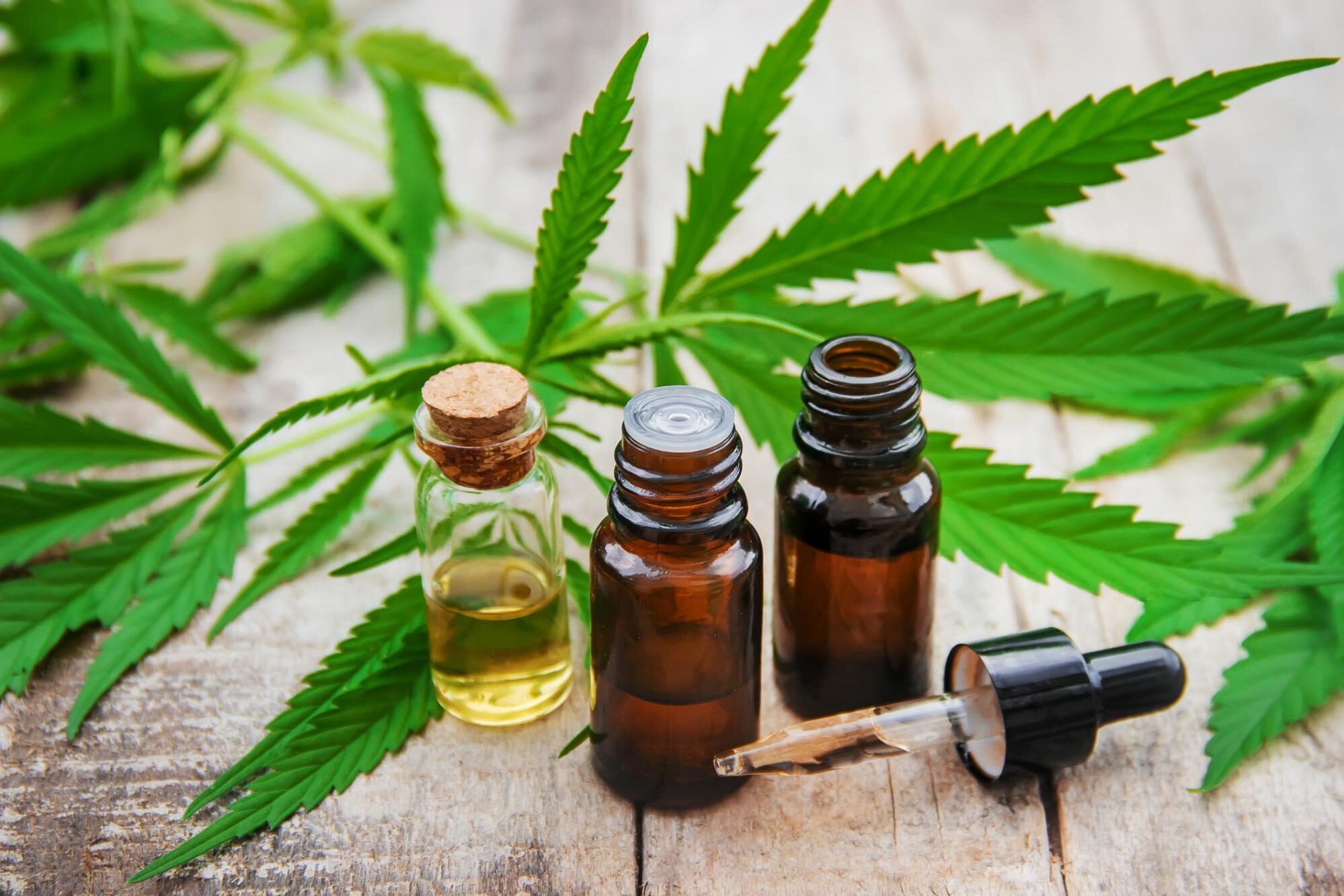
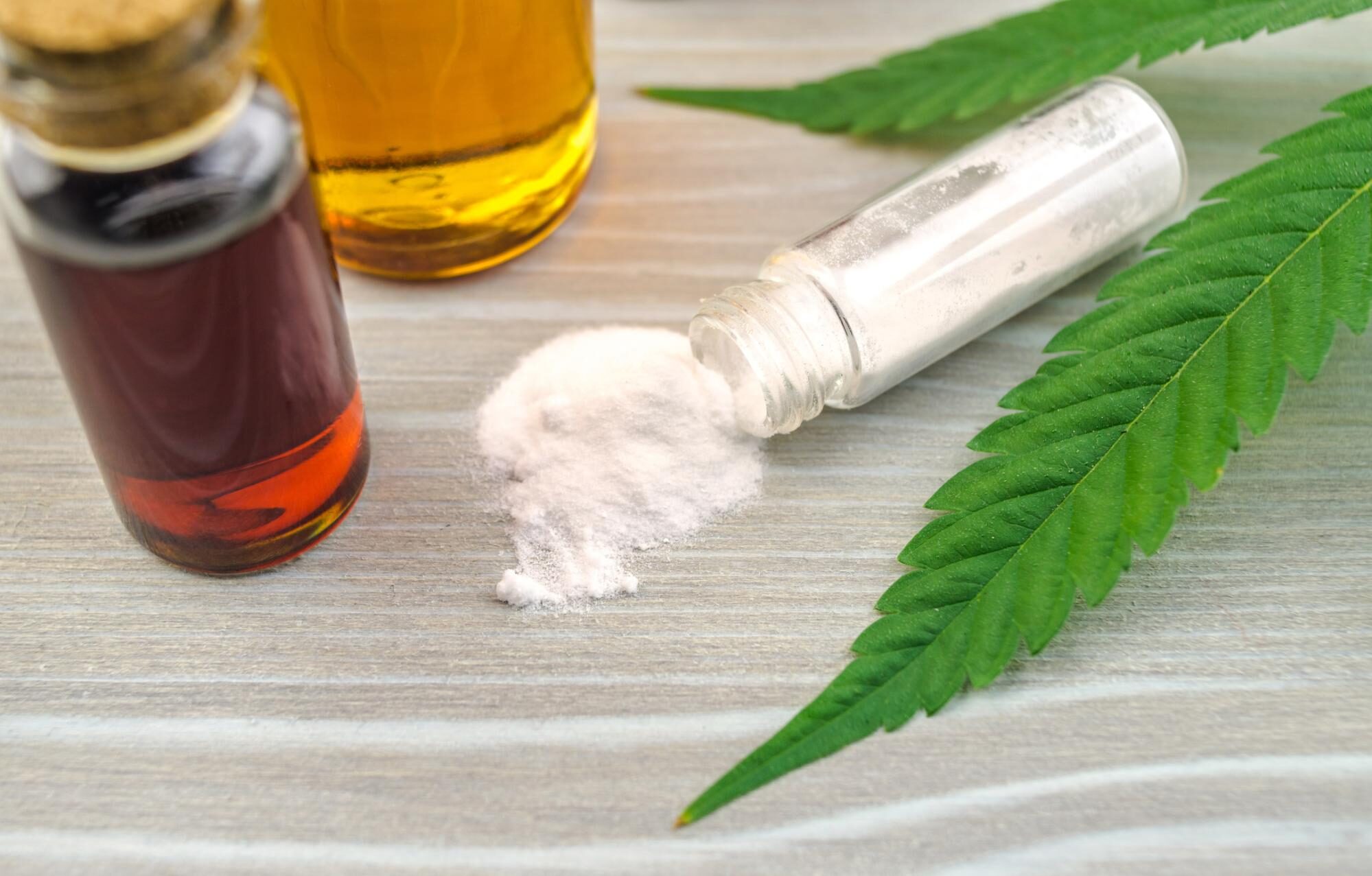
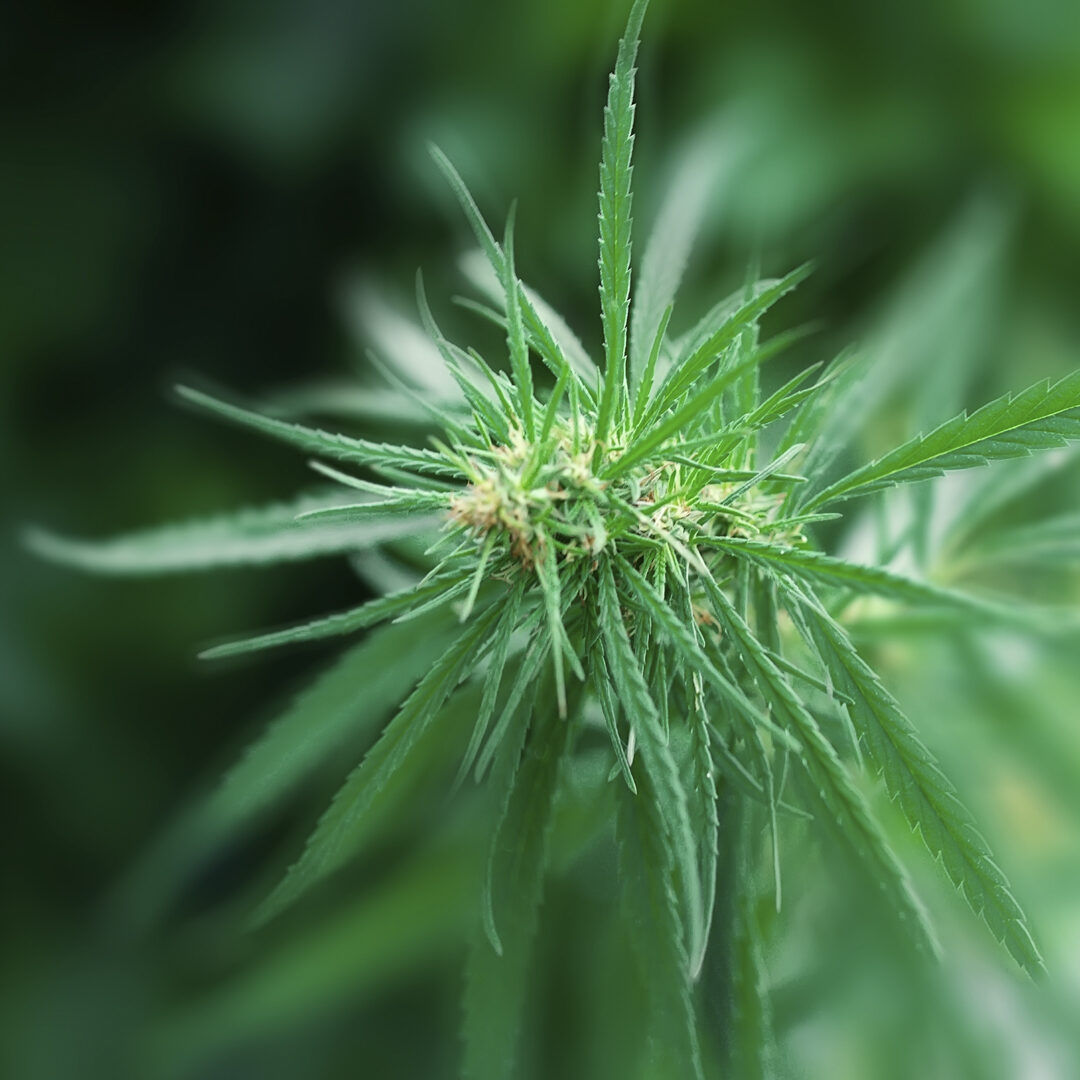


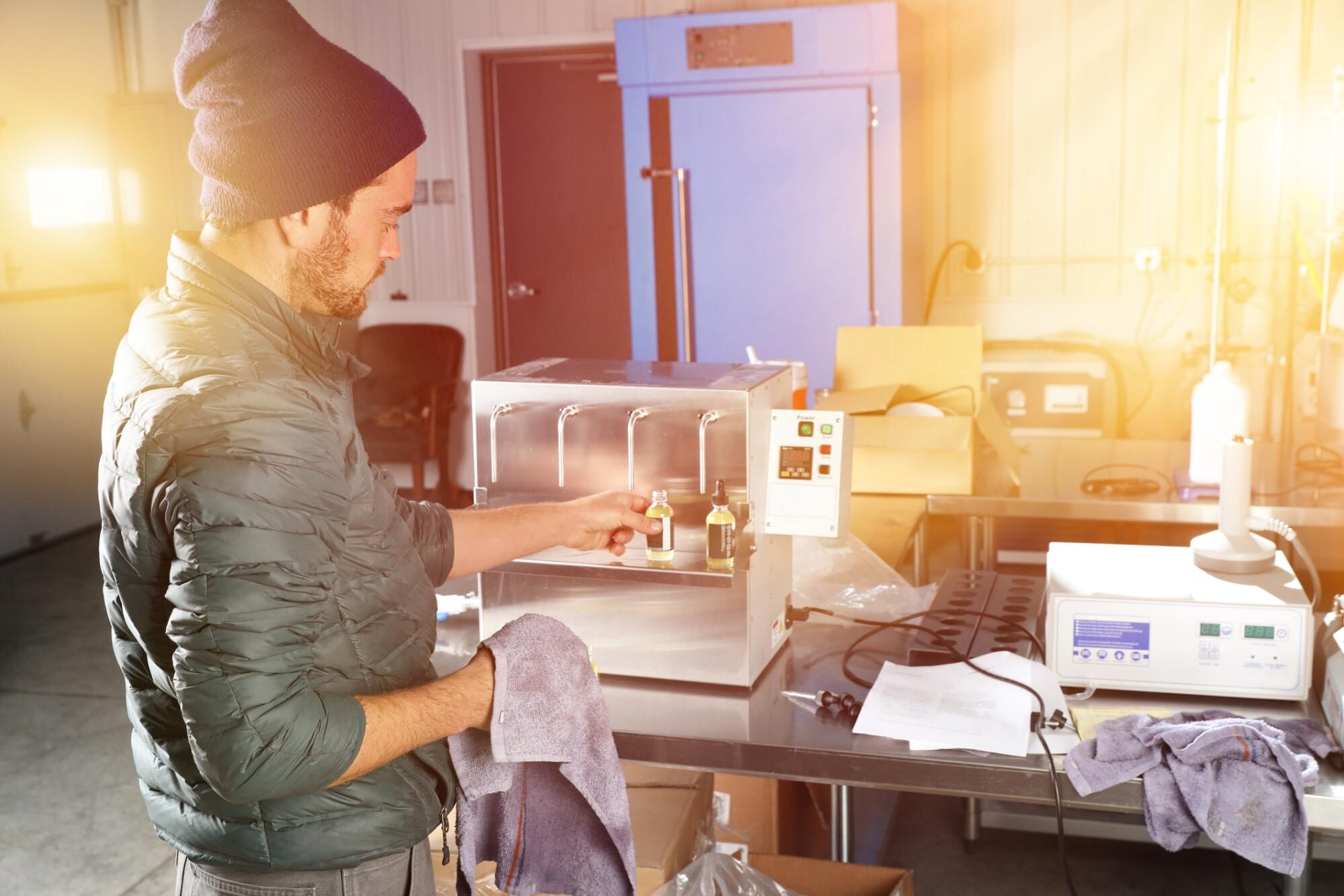

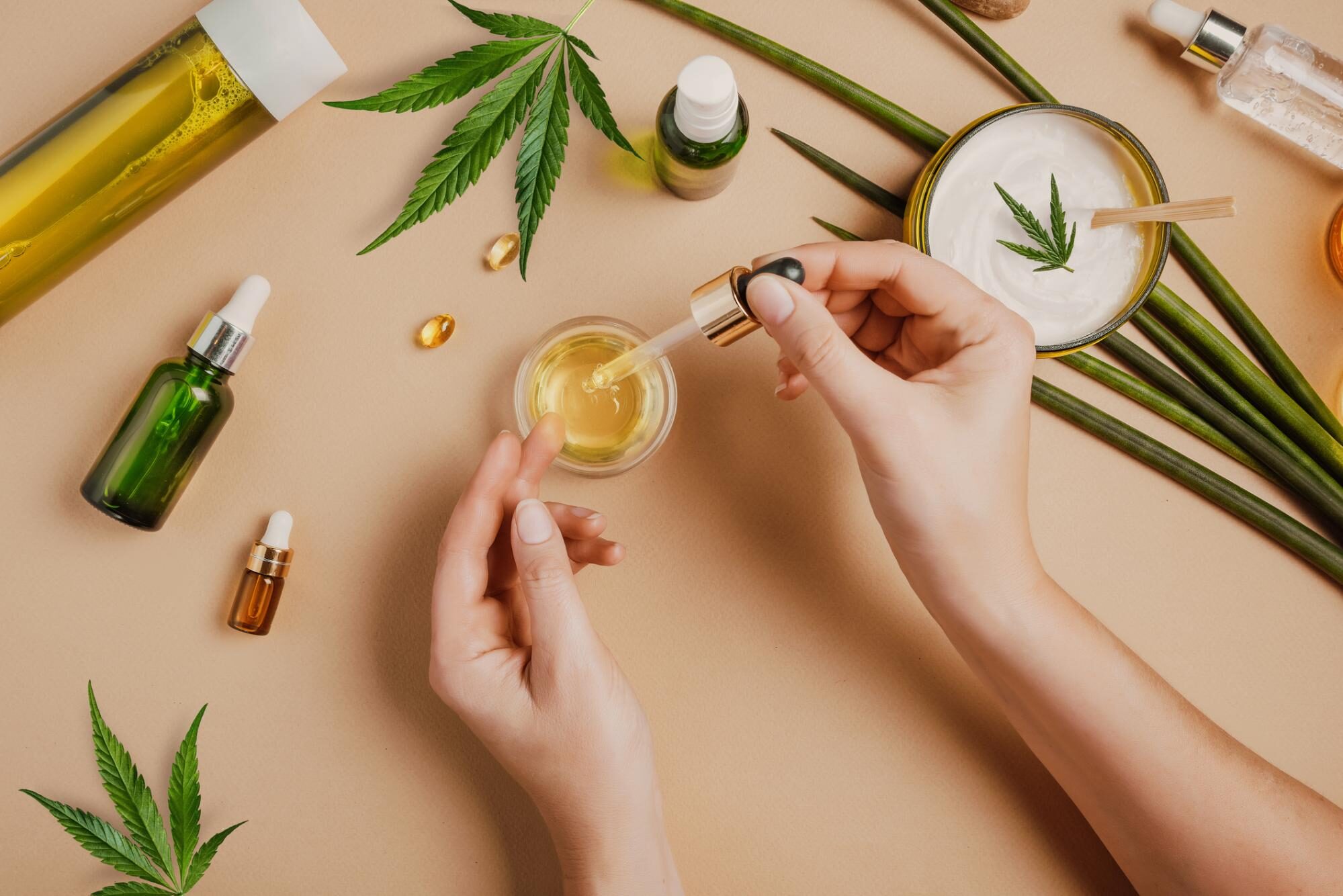
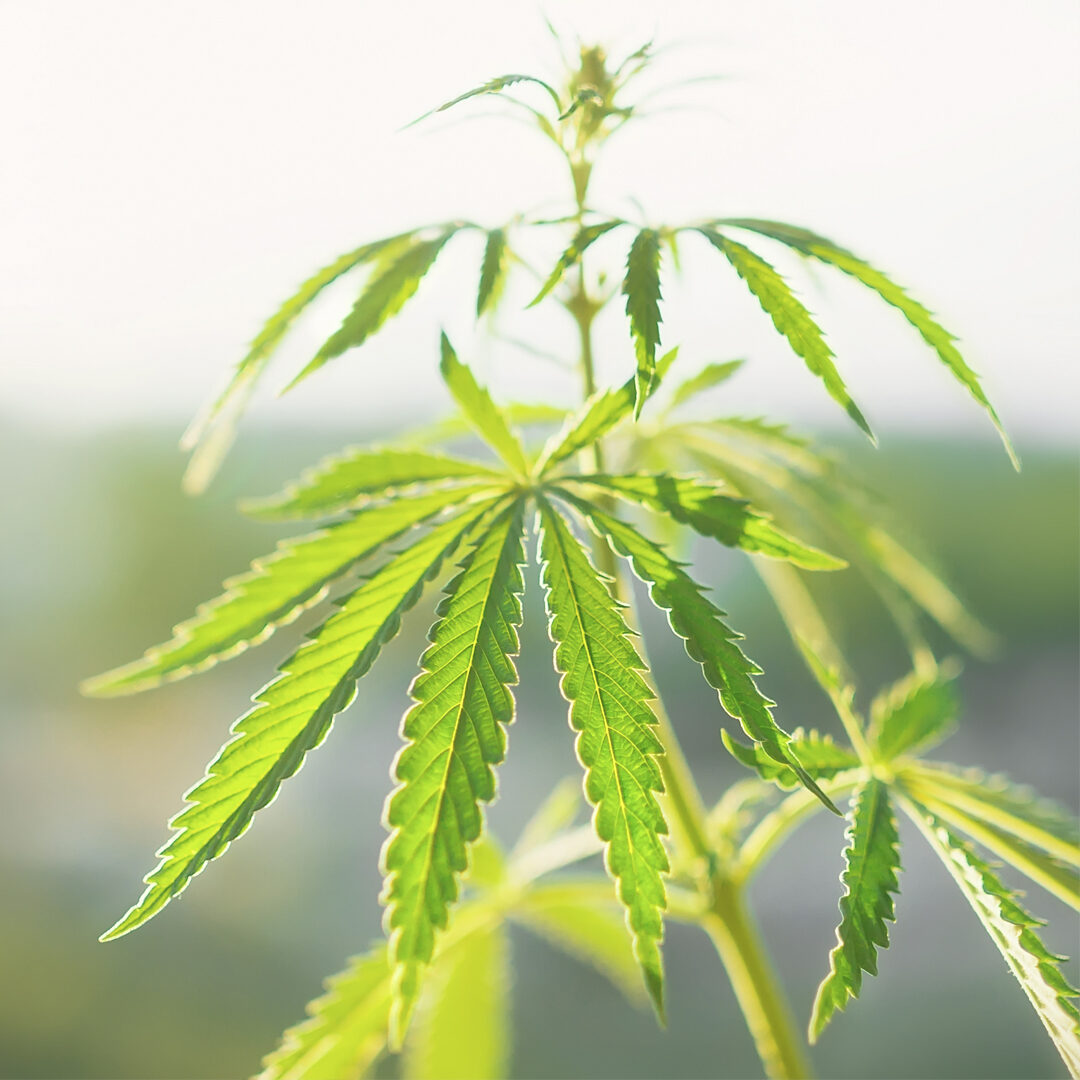


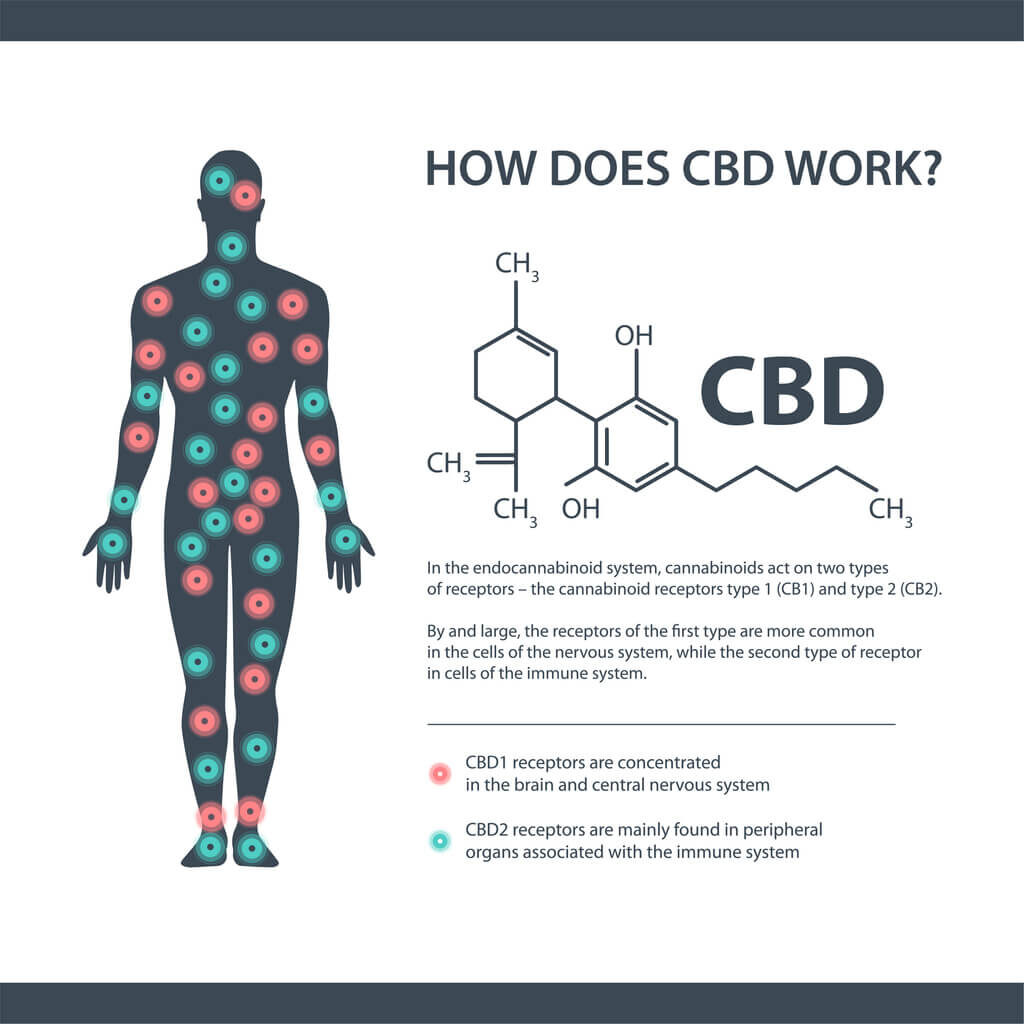

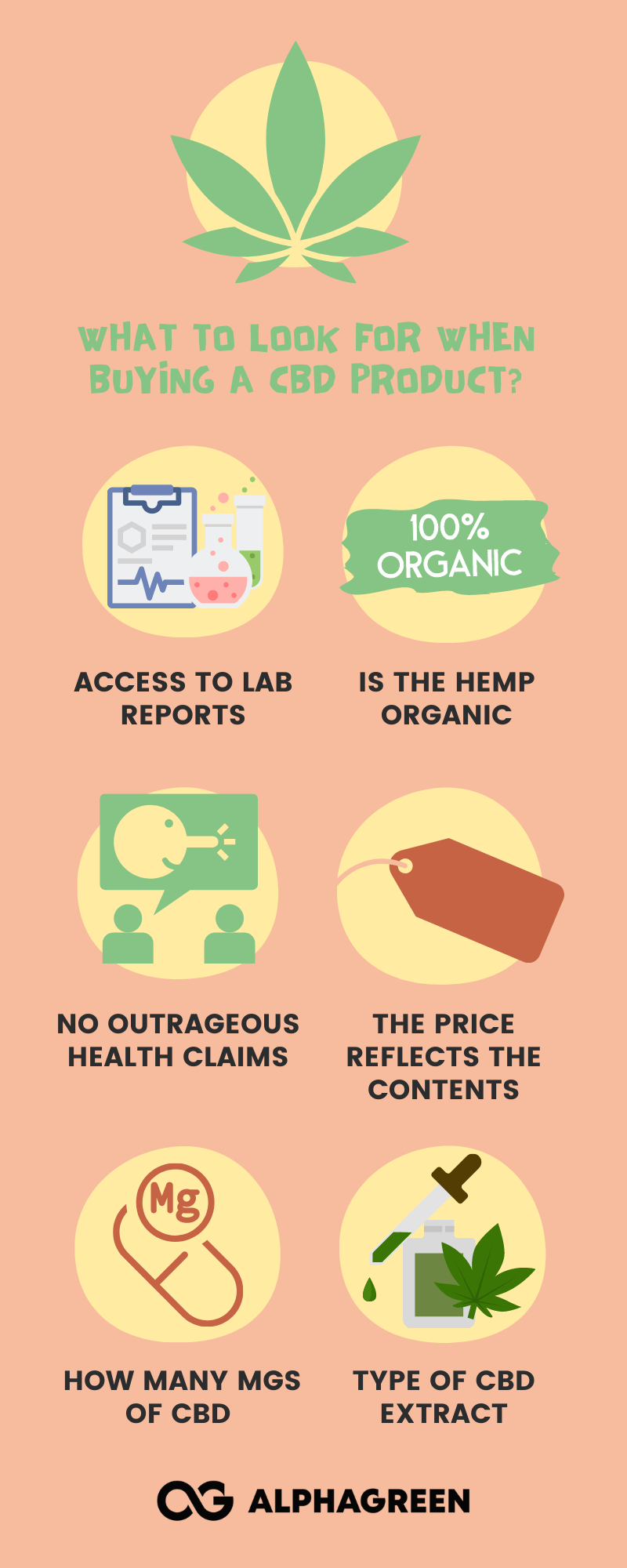



































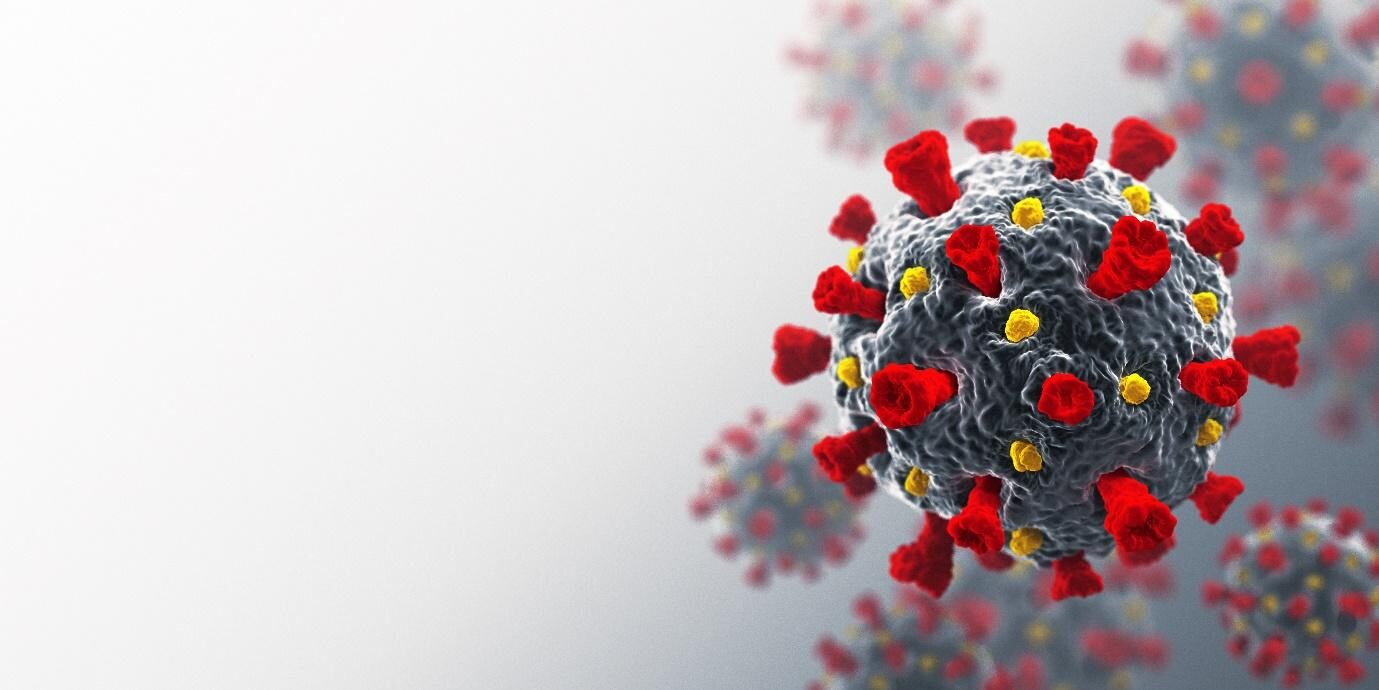
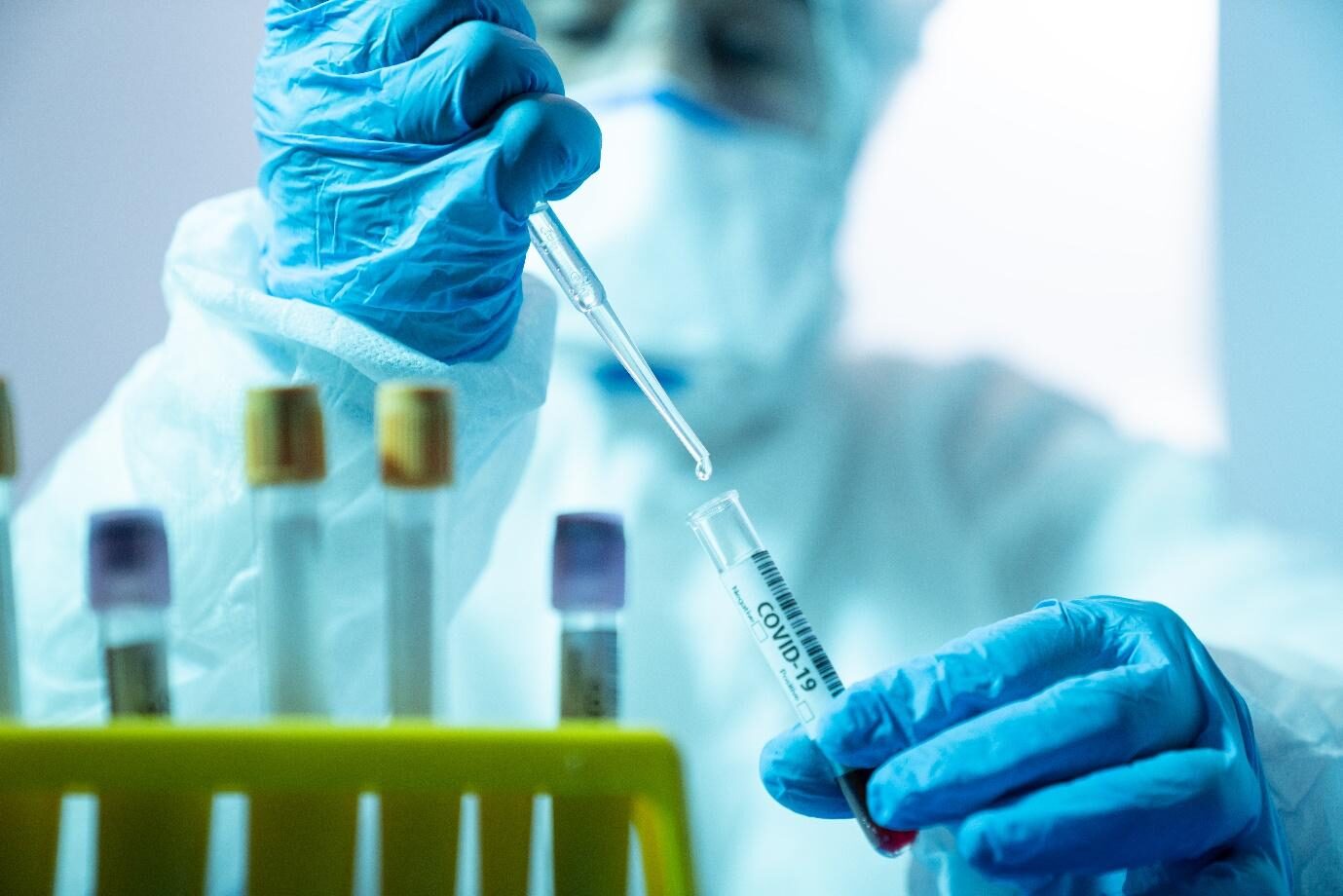
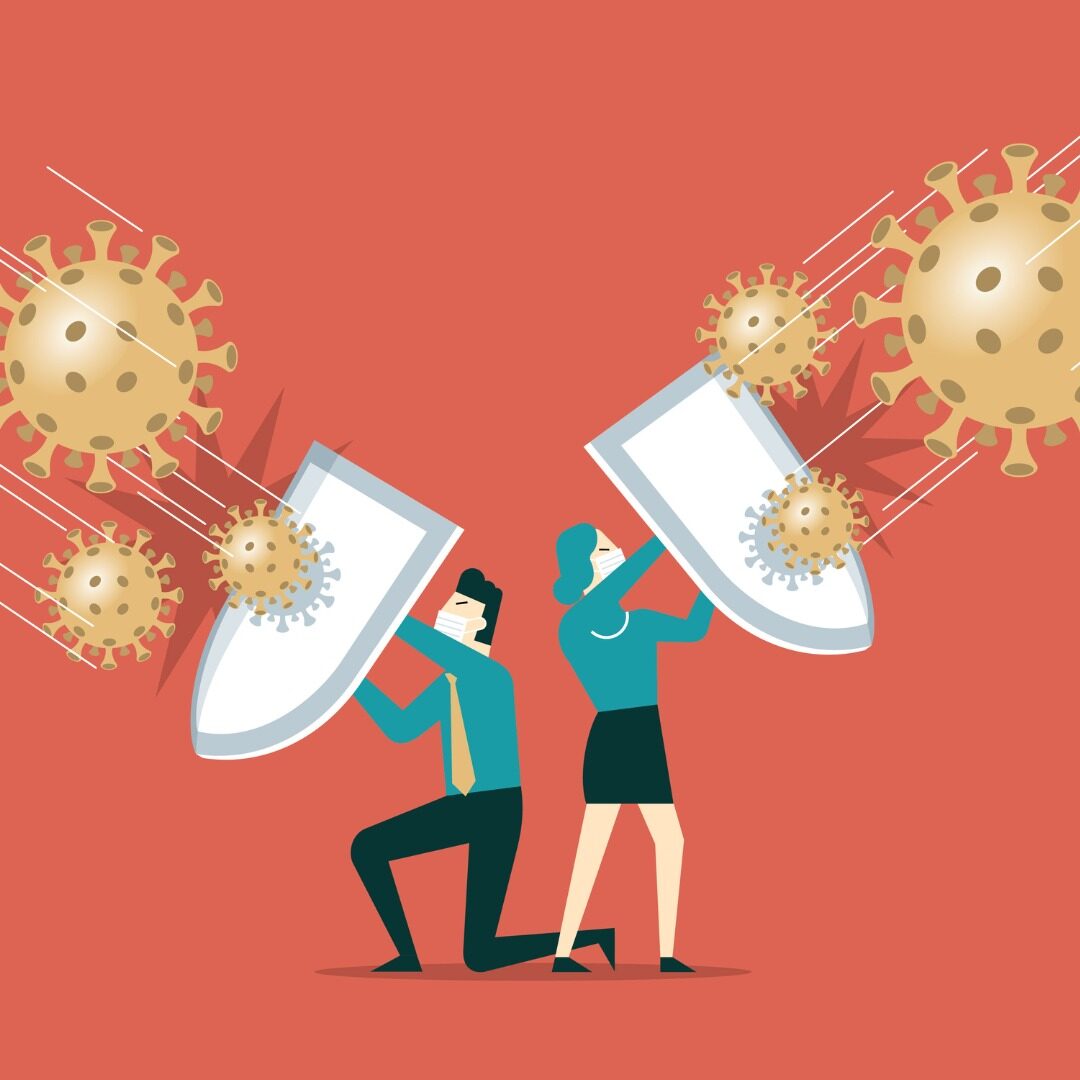
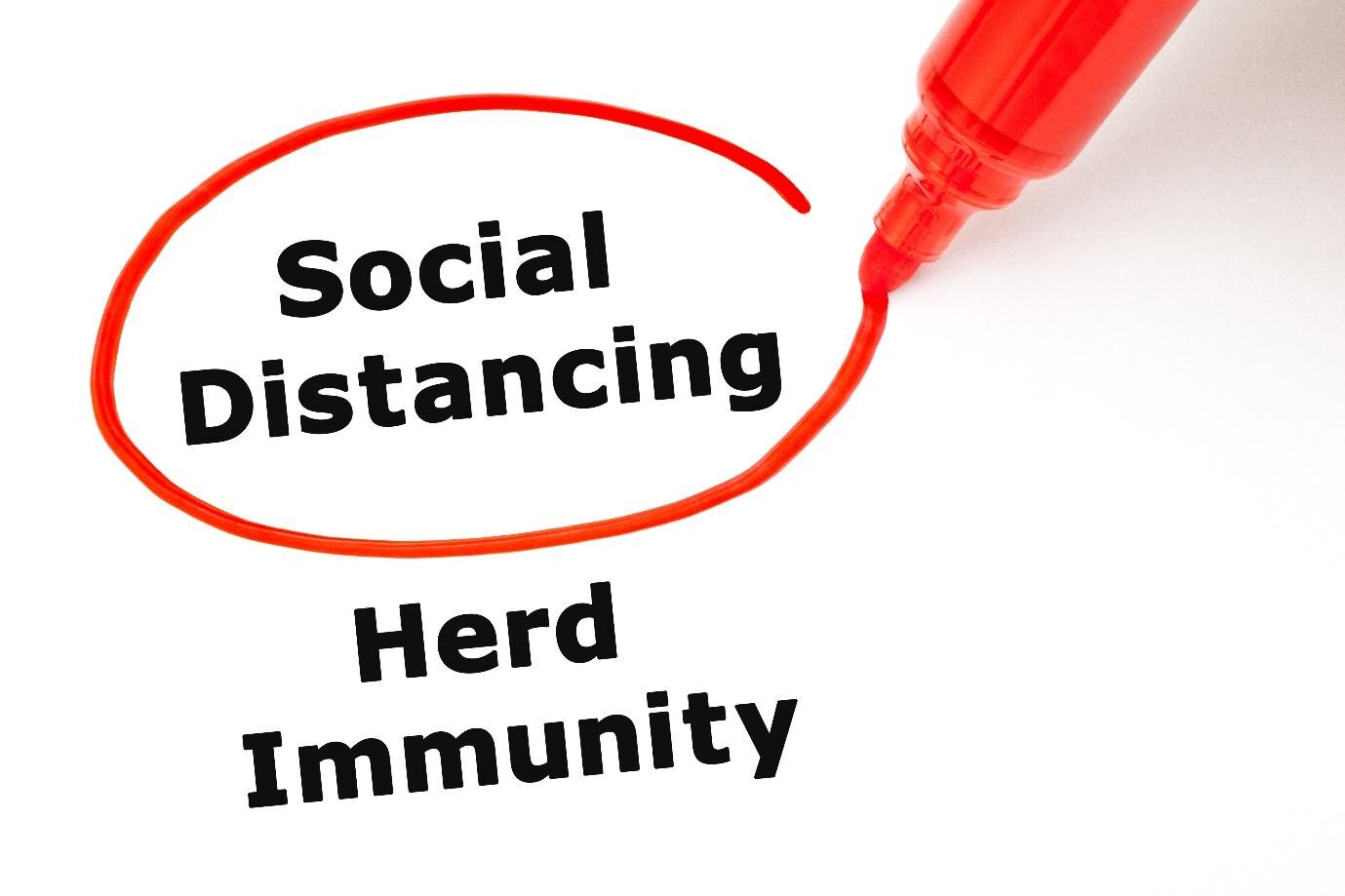






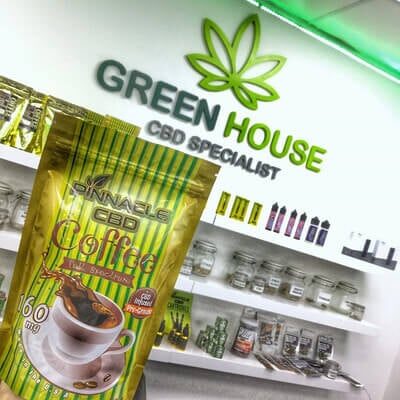





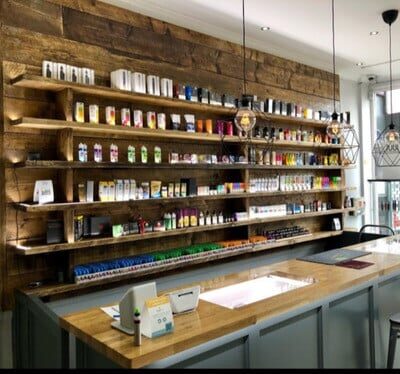
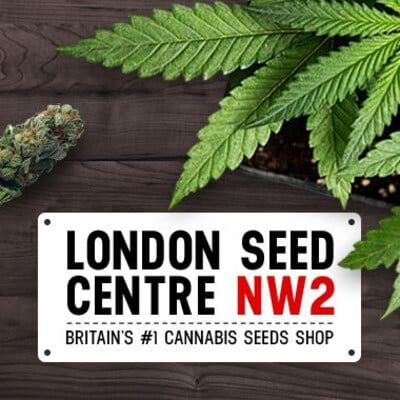











 Source: WHO, CDC, NIH, DOL, NYT, Chinese Ministry of Health, Investment Strategy Group
Source: WHO, CDC, NIH, DOL, NYT, Chinese Ministry of Health, Investment Strategy Group 











